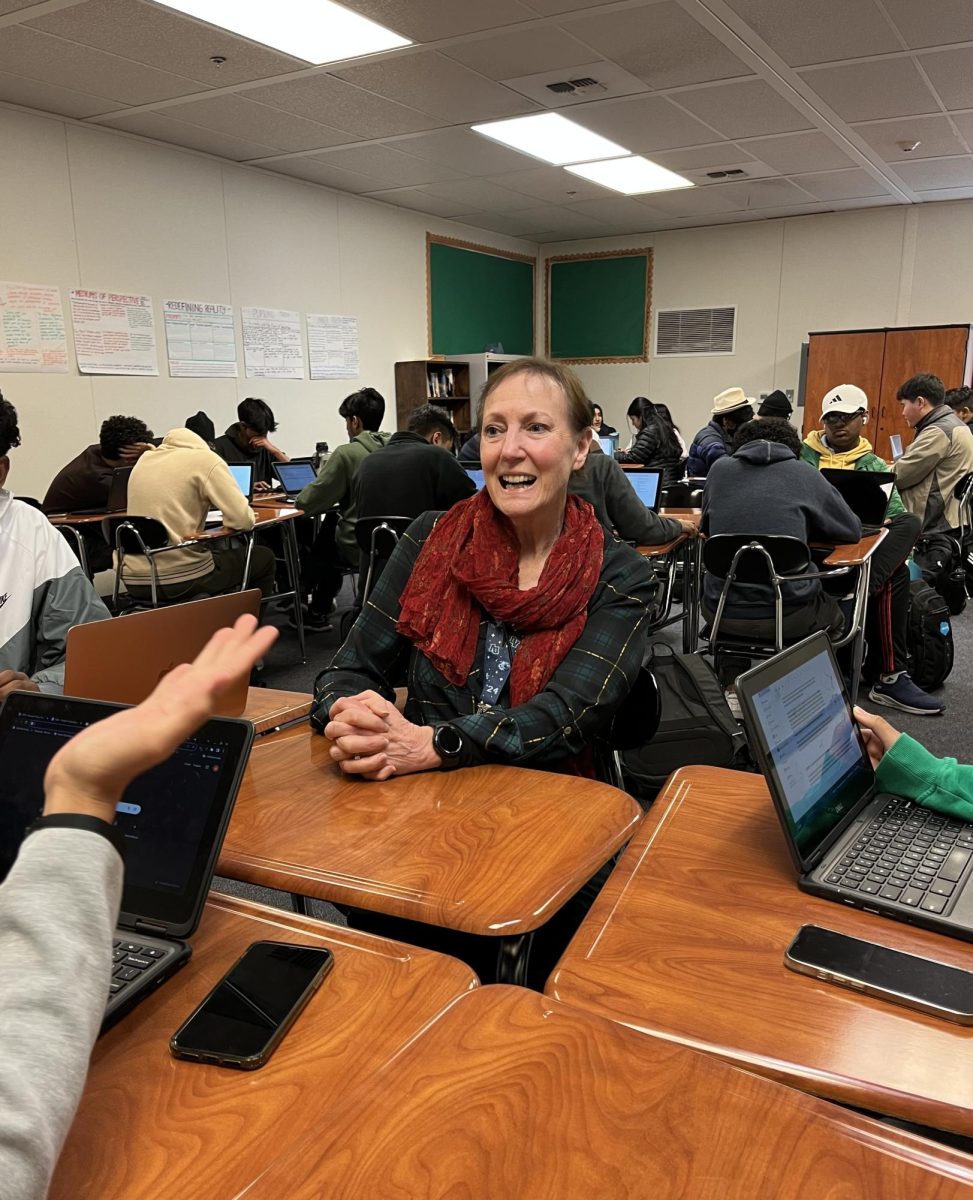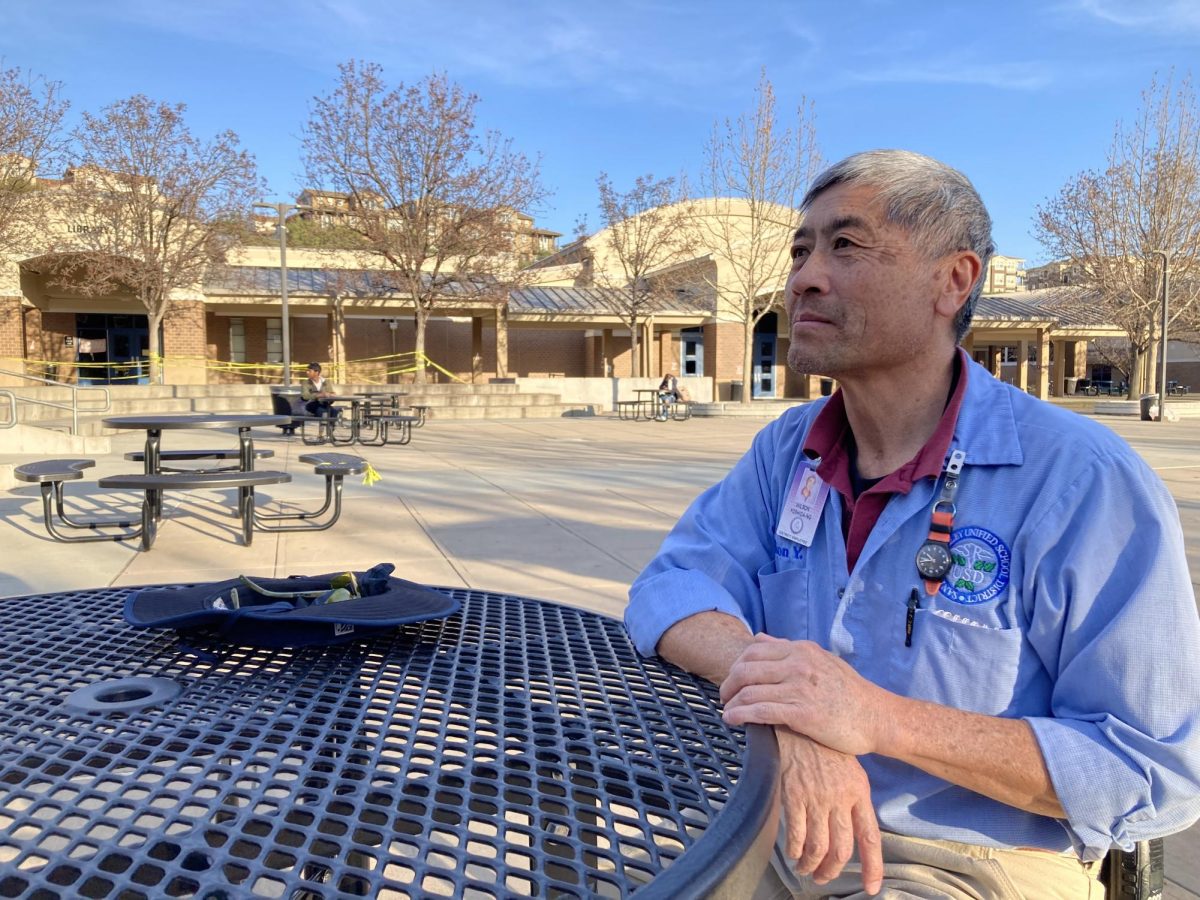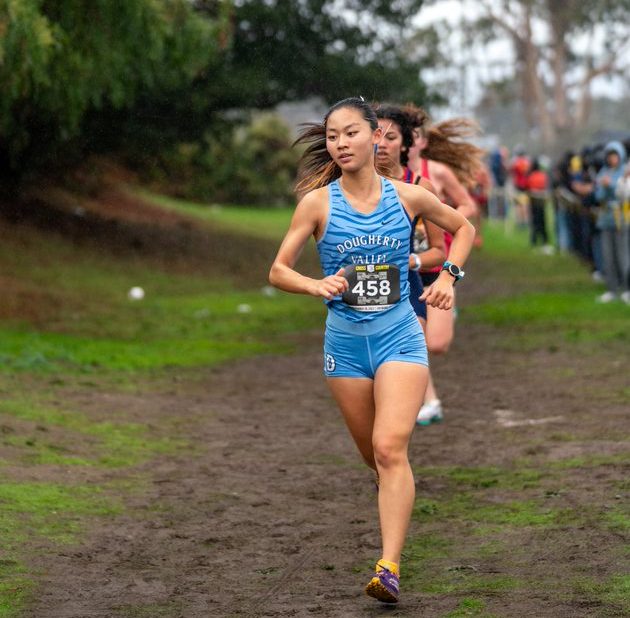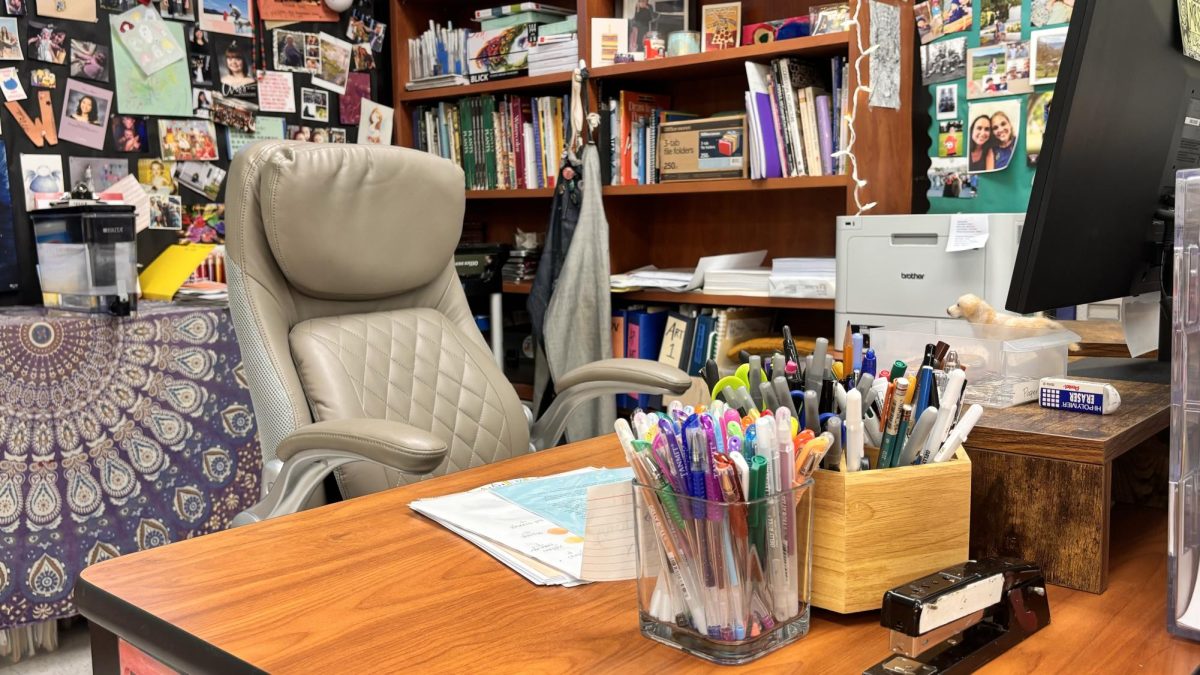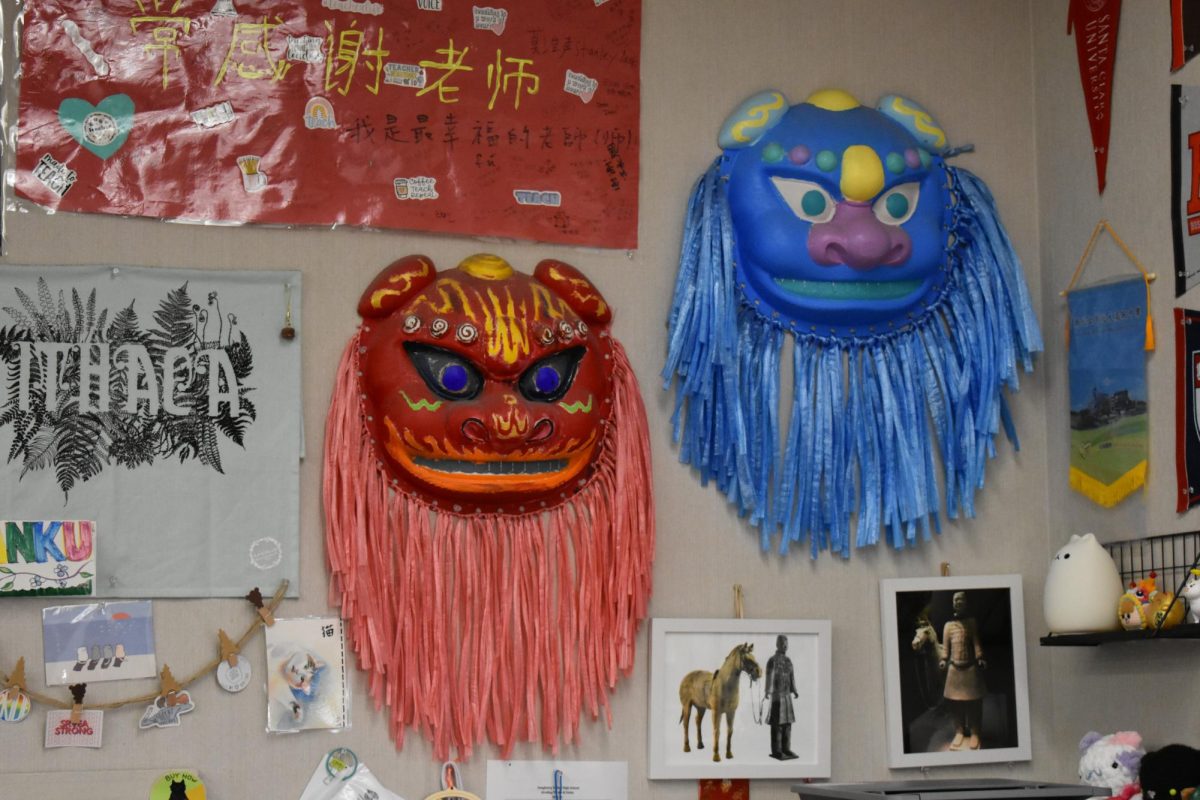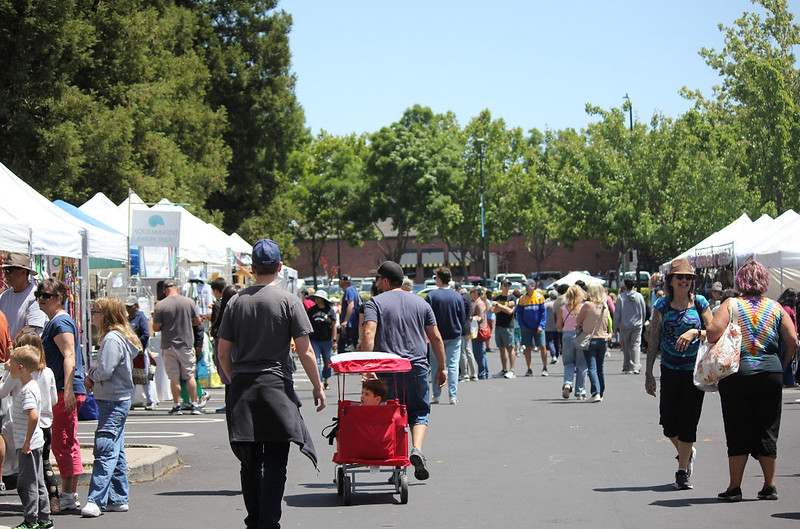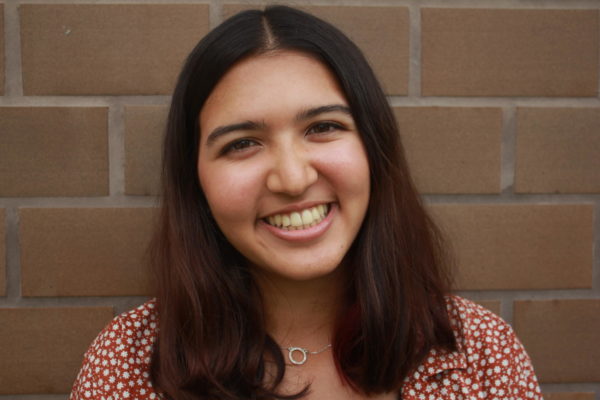Grappling with a nationwide teacher shortage, the San Ramon Valley Unified School District has adopted the strategy of creating a new program that seeks to encourage former SRVUSD students to return and staff difficult-to-fill teaching positions throughout the district.
Last year, the Wildcat Tribune published an article reporting that former Assistant Superintendent of Human Resources Keith Rogenski was leading the district’s effort to reduce the teacher shortage by publicizing job opportunities and vacancies. This year, though, SRVUSD is working to create a pathway that covers the cost of obtaining teaching credentials in order to encourage students to return to teach in the district.
The district has had trouble finding teachers for the past few years, but those difficulties have peaked during the 2023-2024 school year.
Long-term substitute teacher Marie Ver Haar teaches five classes of around 165 English 11 and AP English Language students. At the beginning of the school year, these students had no teacher. Ver Haar, who used to be a lawyer and works as an adjunct professor at Ohlone college, was hired to fill the position for the first semester as the school scrambled to hire a permanent teacher.
While she believes that teaching community college courses and AP-level courses in high school are similar in many ways, she noticed a considerable difference in her workload when she began teaching at Dougherty Valley.
“The demands of a K-12 teacher are incredible,” Ver Haar said. “Some of the things that a teacher comes into the profession for because of their love of teaching can be deflated very quickly because they don’t get what they need to do their job well.”
In SRVUSD, the district and the teacher’s union have been working together to raise salaries and improve conditions. Last year, the SRVUSD board approved an 8.5% salary increase for the 2022-2023 school year.
Diane Schumacher, who teaches AP Economics and AP U.S. History at Dougherty, has been in the field for 26 years. Her teaching experience includes 11 years in the nearby Acalanes Union High School District, along with time at international schools and schools in Texas.
“They’ve already addressed some of these problems with salary recently. They’ve also made it more desirable to work here, if you’re an experienced teacher,” Schumacher said. “[But] I would say that most teachers, if they have done this for a long time, have thought of changing careers at some point.”
The staffing troubles aren’t unique to SRVUSD alone. A study at Brown University reported in 2022 that more than 36,000 teacher vacancies plague school districts across the nation. Last school year, public schools across the nation reported that the subjects that are hardest to staff are in the special education, physical sciences and foreign language departments. Assistant Superintendent of Human Resources Melanie Jones cites similar concerns, noting that the district faces the most hardship in finding teachers for special education, along with positions like school psychologist or speech pathologist.
One reason may be the lack of respect for the profession.
“Society doesn’t value the position as much as it used to. Yeah, they give a lot of lip service just like they do to the military, [but] they don’t value it as much as other countries value education,” Schumacher said.
This lack of esteem for teaching can translate into the low pay, difficult working conditions and extensive workloads that are often cited as reasons for the shortage. On top of that, the state of California’s credentialing requirements and standards are more extensive than many other states, which also limits the field of aspiring teachers.
Ver Haar has a Juris Doctor degree, 14 years of experience teaching at the community college level and almost three months of high school teaching experience under her belt. But she is not qualified under California’s teacher credentialing requirements to be hired as a full-time high school English teacher. She believes that this restriction deters people from entering the field and potentially alleviating teacher shortages.
“I believe that the state needs to take a look at this, because I know plenty of people who are in a [different] profession that would love to teach and would be very effective at it,” Ver Haar said. “I feel like the state’s stringent requirements for credentials are a little bit out of date and out of step with what we need. I feel like the state is shooting itself in the foot.”
Jones also attributes the shortage to a lack of candidates entering the teaching profession and pursuing the required credentials. To combat these vacancies, the district is pursuing an initiative to create a teacher residency program that covers the cost of getting teaching credentials.
“Our school district is in the process of creating our own teacher residency program and pursuing a grant with the state to fund it. If we’re able to secure the grant, we’ll be able to provide financial assistance to future candidates, focusing on our own student alumni and our classified employees who have an interest in becoming a teacher,” Jones said. “What we’re wanting to do is to create a pipeline and a pathway for those who have an interest in a career in education.”
The addition of a residency program to the outreach and recruitment efforts reflects the district’s desire to create a sustainable, long-term solution to alleviate the teacher shortage and improve teacher retention.
“School districts are always hiring lots of teachers every year and I do notice there’s more teacher turnover in the 21st century than the 20th century,” Schumacher said. “When I first started, there were more teachers who did it their whole career. But now more teachers are leaving the profession altogether.”
Another aspect of the district’s plan is to increase diversity in SRVUSD’s teaching staff, as stated in dimension six of the district’s dashboard goals. Asian students make up 45.8% of the district’s student body, with white students coming in at 34.5%. The district’s demographics have made racial equity a more pressing issue in recent years.
“What we’ve really tried to do over the last couple years in terms of equity and providing safe and inclusive learning environments is being intentional about making sure that the diversity of our staff, particularly our teachers, represents our student population. That’s becoming a challenge for us, because when there’s a challenge with candidates and filling vacancies, it makes it even greater of a challenge to address our diversity goals,” Jones said.
Even with the district-wide initiative, Jones believes that SRVUSD should get more support.
“What we actually need is more intervention from the state and on the national level in terms of how we can attract more teachers to the profession, because it is a nationwide issue,” she said.


